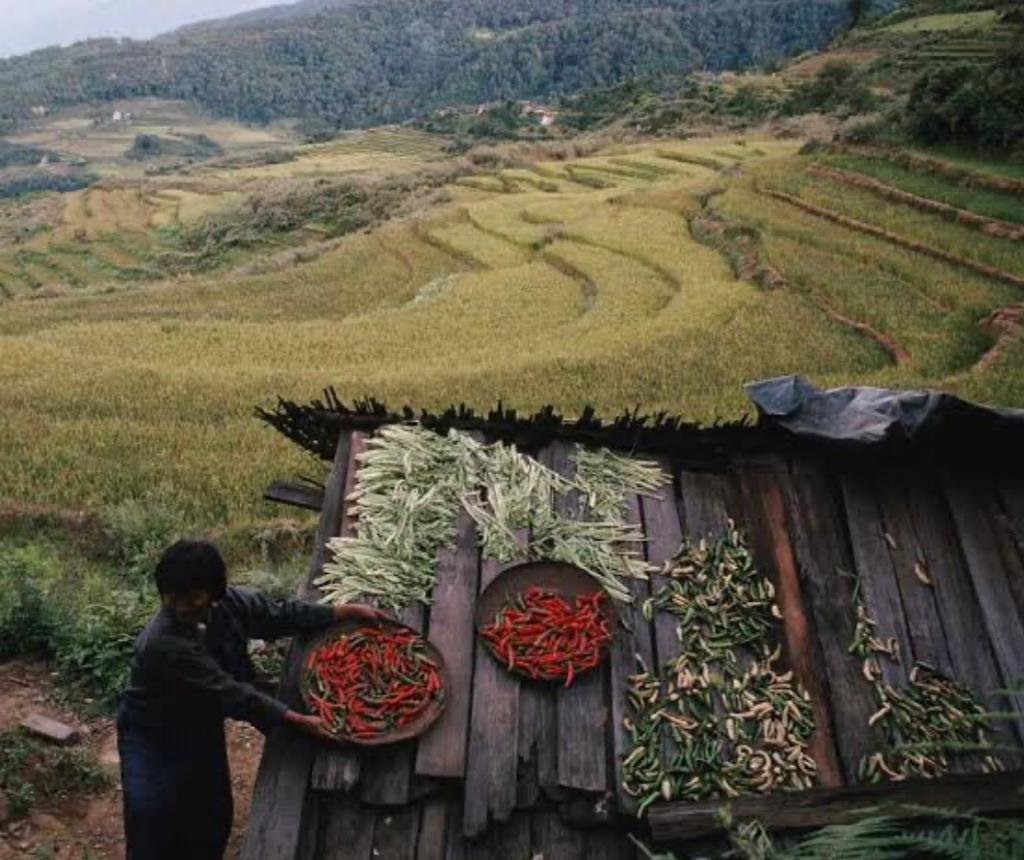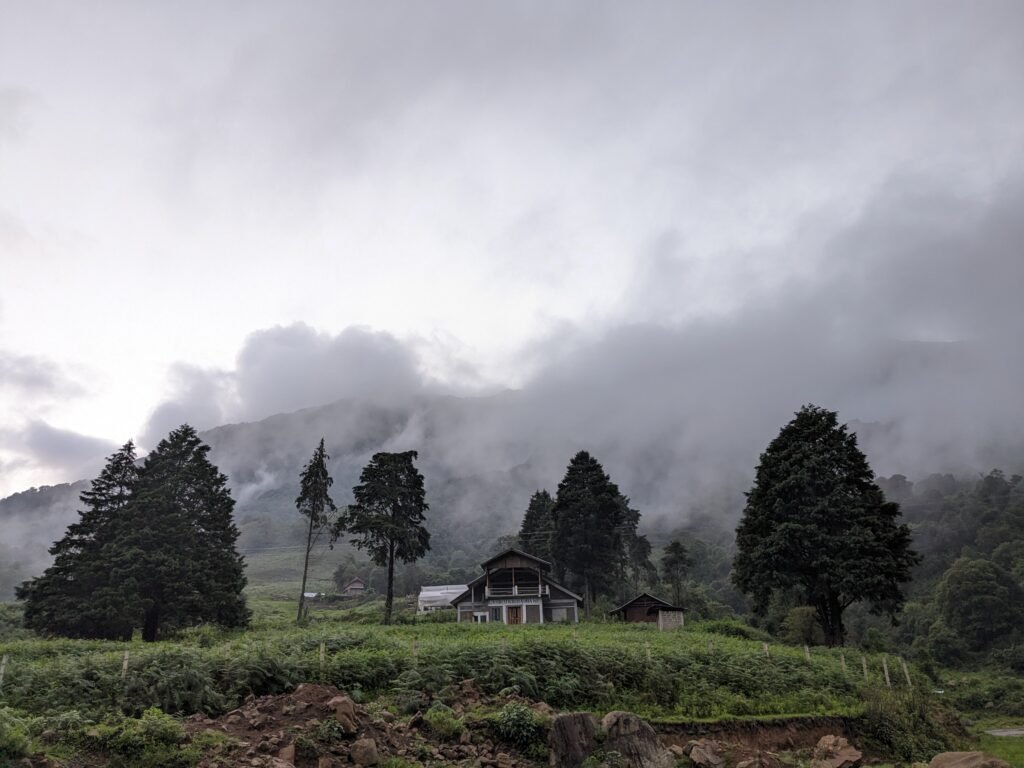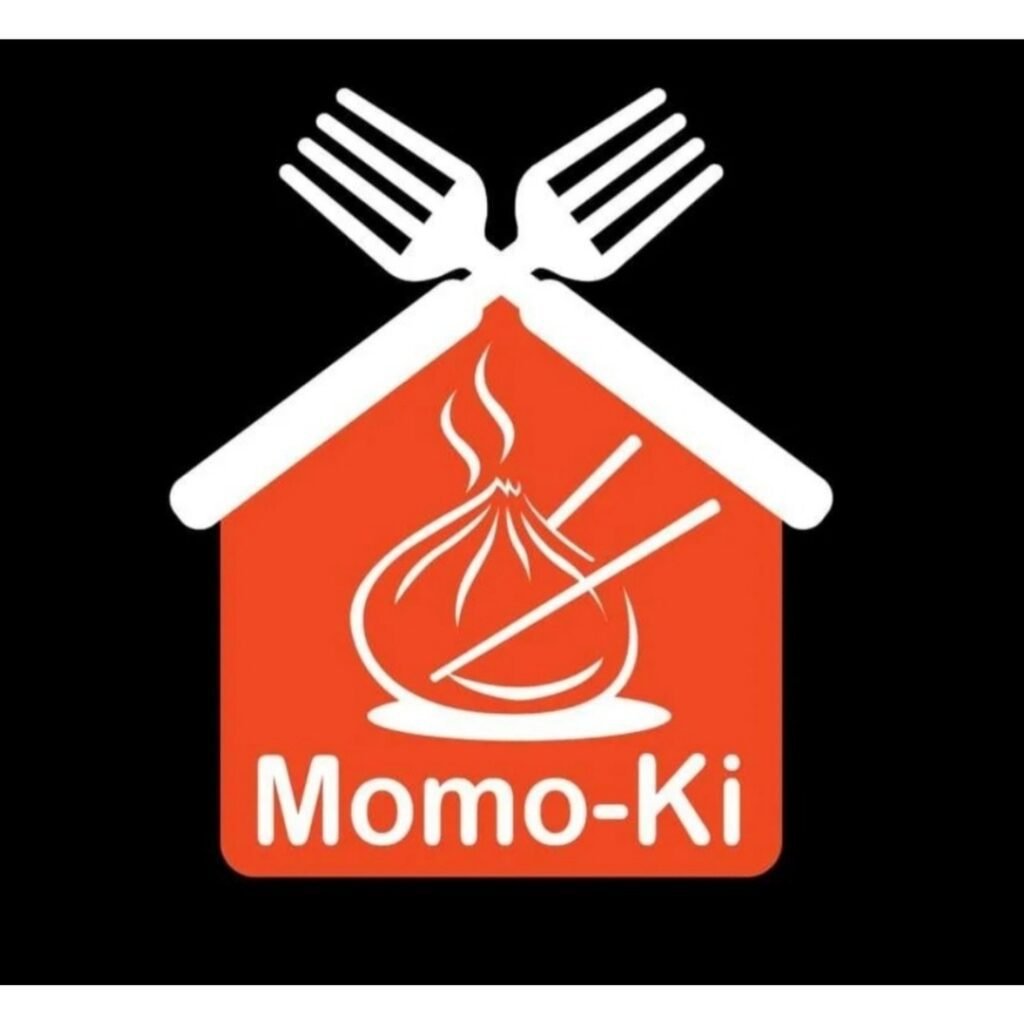The Nagas of Nagaland, a diverse indigenous community in Northeastern India, have a profound connection with agriculture, which forms the backbone of their economy and sustains their traditional way of life. The Naga people are known for their rich cultural heritage and unique farming practices. Over the centuries, they have developed and used various agricultural tools and implements specifically adapted to their hilly terrain, diverse agro-climatic conditions, and traditional farming techniques. In this comprehensive content, we will explore the agricultural tools of the Nagas of Nagaland, which are a testament to their ingenuity, resourcefulness, and deep respect for the land.
Dao (Dahou)
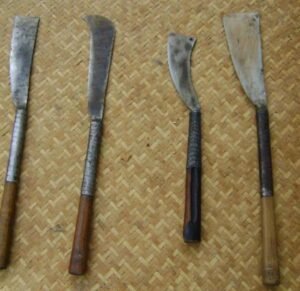
The Dao, also known as Dahou, is a quintessential Naga farming tool, serving as an indispensable companion for every Naga farmer. Resembling a machete or cleaver, the Dao features a broad-bladed cutting tool attached to a sturdy wooden handle. This versatile tool is employed for many agricultural tasks, including clearing land, cutting thick vegetation, chopping down small trees, and preparing the soil for cultivation. The Dao’s robust design enables it to withstand the challenges of the rugged Naga terrain, making it an enduring symbol of the Naga farming tradition.
Jhumdao (Shifting Cultivation Tool)
Shifting cultivation, also known as Jhum cultivation, is a common agricultural practice among the Nagas. The Jhumdao is a specialised tool designed for this purpose. It is larger and sturdier than the regular Dao, allowing farmers to effectively slash and burn forest areas to create new agricultural plots. Following the traditional rotational farming practices, the Jhumdao plays a crucial role in preparing the land for cultivation, ensuring sustainable use of resources and maintaining ecological balance.
Tekhro (Weeding Hoe)
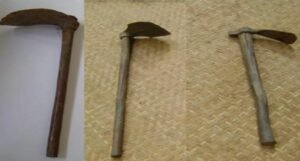
The Tekhro is essential for weeding and soil cultivation in Naga agriculture. It features a broad, flat iron blade attached to a wooden handle. Farmers skillfully wield the Tekhro to remove unwanted weeds and loosen the soil around crops, enhancing their growth and productivity. With manual weeding being an integral part of Naga farming, the Tekhro showcases the farmers’ dedication to nurturing their crops and maximising their yield.
Bamboo Traps and Fences

In addition to traditional cutting and weeding tools, the Nagas ingeniously utilise bamboo in various agricultural applications. They create bamboo traps and fences to protect their crops from wild animals, such as wild boars and deer, which can cause significant damage to their fields. These bamboo structures serve as a low-cost, eco-friendly pest control method, exemplifying the Nagas’ sustainable approach to farming.
Tungjao (Seed Sower)
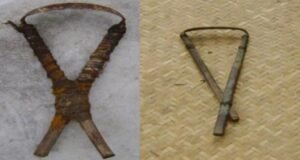
The Tungjao is a hand-held seed sower used during planting. Crafted from bamboo, this ingenious tool features a funnel-like structure that allows farmers to disperse seeds evenly across the cultivated soil. By ensuring proper seed distribution, the Tungjao significantly contributes to the success of Naga crops, maximising their potential for a bountiful harvest.
Bamboo Watering Cans
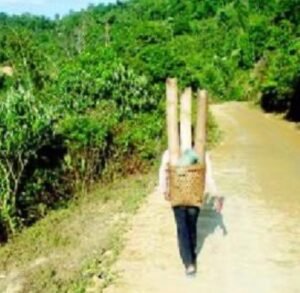
Watering is crucial for any agricultural practice, and the Nagas have developed bamboo watering cans for this purpose. These lightweight and easily transportable watering cans are particularly practical for irrigating crops in terraced fields and hilly areas where conventional watering methods may be challenging.
Bamboo Baskets and Backpacks
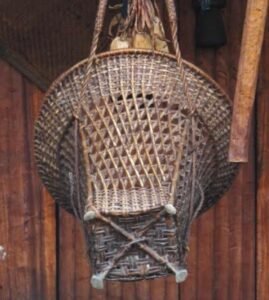
Harvesting is a significant event in Naga farming, and to facilitate the process, the Nagas use bamboo baskets and backpacks to collect and transport their crops from the fields. These traditional containers, woven with intricate designs, are durable and embody the Naga culture and their reverence for the land and its bounty.
Winnowing device
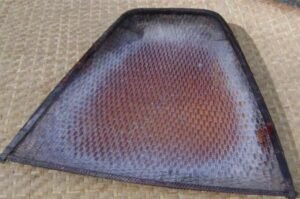
A winnowing device is used for cleaning the grain. The female member of the family uses this. It is very light in weight, and work can be easily carried for a long without much tiredness.
Wooden Plows
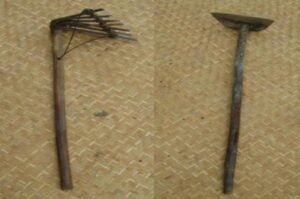
Farmers still use traditional wooden ploughs for tilling the land in some regions of Nagaland where the terrain permits. These ploughs, typically handmade and pulled by cattle, exemplify the Nagas’ connection to their land and desire to preserve their age-old agricultural practices.
Granary
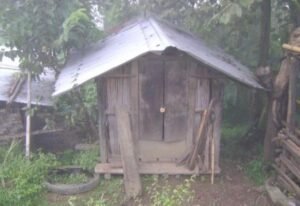
The granary for storing paddy. It is made of wooden plank or bamboo; sometimes, granaries are plaster with mud clay on the floor. It used to be roofed with thatch grasses, but nowadays, many roofs are used with tin sheets.
Kithi (Harvesting Knife)

The Kithi is a curved, sickle-like harvesting knife used by the Nagas to reap their crops. With its sharp blade and ergonomic design, the Kithi allows for precise and efficient harvesting while minimising plant damage. This tool is particularly suited for cutting various crops, including rice, millet, and vegetables.
The agricultural tools of the Nagas of Nagaland are a testament to their centuries-old farming heritage, ingenuity, and deep connection to the land. These tools enable them to grow food and represent the unity of the Naga community with their environment. Despite modernisation and technological advancements, the Nagas continue to cherish and utilise these traditional agricultural tools, as they are a fundamental part of their cultural identity and sustainable farming practices. As the world moves towards more sustainable and eco-friendly agricultural practices, the Nagas are a shining example of how traditional knowledge and tools coexist with modern methods to achieve a harmonious and sustainable relationship with the land.
